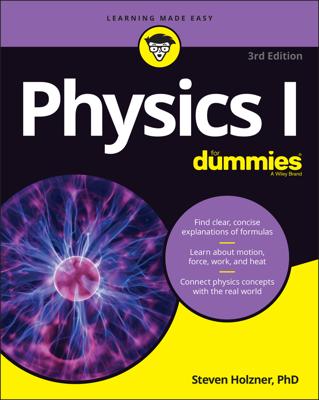The original string theory, bosonic string theory, contained a massless particle called the tachyon, which travels faster than the speed of light. These particles are usually a sign that a theory has an inherent flaw — but what if they actually existed? Would they allow a means of time travel?
The short answer is that no one knows. The presence of tachyons in a theory means that things begin to go haywire, which is why they’re considered by physicists to be a sign of fundamental instabilities in the theory. (These instabilities in string theory were fixed by including supersymmetry, creating superstring theory.)
However, just because tachyons mess up the mathematics that physicists use doesn’t necessarily mean that they don’t exist. It may be possible that physicists just haven’t developed the proper mathematical tools to address them in a way that makes sense.
If tachyons do exist, then in theory it would be possible to send messages that travel faster than the speed of light. These particles could actually travel backward in time and, in principle, be detected.
To avoid this problem (because, remember, time travel can destroy all of physics!), the physicist Gerald Feinberg presented the Feinberg reinterpretation principle in 1967, which says that a tachyon traveling back in time can be reinterpreted, under quantum field theory, as a tachyon moving forward in time.
In other words, detecting tachyons is the same as emitting tachyons. There’s just no way to tell the difference, which would make sending and receiving messages fairly challenging.

